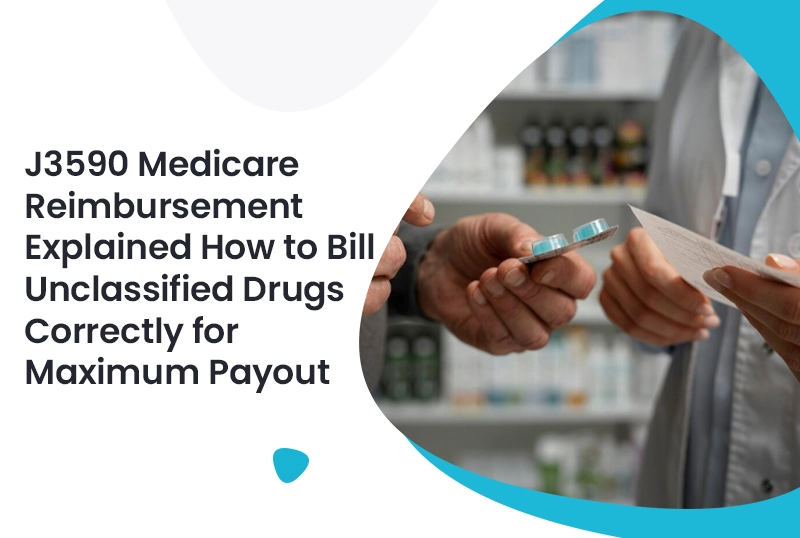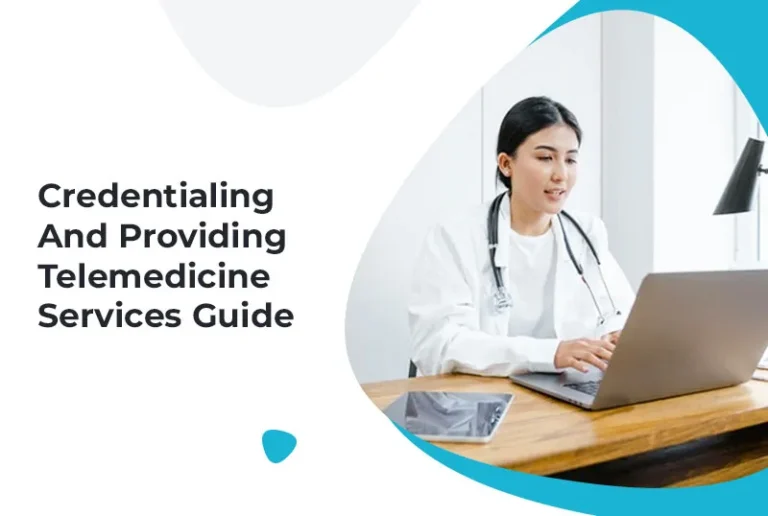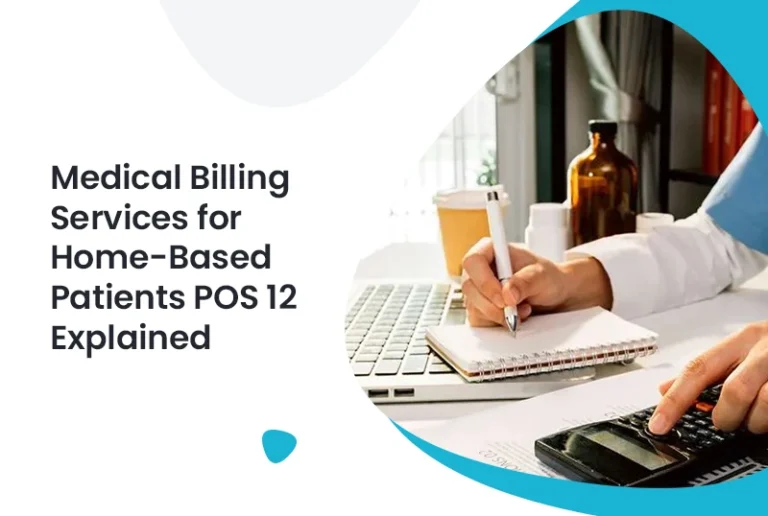J3590 is used to bill Medicare for drugs without a specific code. This guide explains how to use it correctly to avoid denials and get paid faster.
If you need to bill Medicare for a drug that doesn’t have a specific code, J3590 is the code you’ll likely use, but only if you understand how it works. Whether you’re a small clinic, a hospital, or handling the billing yourself, figuring out how to bill for these unlisted drugs can be confusing.
So, what makes J3590 so tricky and so important?
The HCPCS code J3590 is designated for unclassified biologics, meaning it’s used when no specific code exists for the drug administered. It sounds simple, but reimbursement hinges on accuracy, supporting documentation, and solid medical billing and coding knowledge.
If you’ve ever received a frustrating denial after submitting J3590 claims, this guide is for you.
What Is J3590 and When Should You Use It?
J3590 is a miscellaneous HCPCS Level II code used primarily for unclassified biologics, specialty injectables, or medications not yet assigned a specific J-code.
But here’s the catch: since it’s a “catch-all” code, it requires more work than standard HCPCS billing.
When billing under J3590, you must include:
- The exact drug name (brand and generic, if available)
- Dosage and units administered
- National Drug Code (NDC) number
- Invoice or acquisition cost
- Diagnosis code(s) that justify the drug’s use
Without this, Medicare won’t pay. And yes, they will deny incomplete or ambiguous claims.
Documentation Is Your Defense Against Denials
Billing J3590 is like writing a legal case, you must defend your charge. If you can’t show the who, what, when, where, and why of the drug administered, expect reimbursement delays or flat-out rejections.
Always include:
- Physician’s order and date
- Drug invoice or packaging showing NDC
- The reason the unclassified drug was medically necessary
- Relevant ICD-10 codes for medical justification
Some MACs (Medicare Administrative Contractors) require prior authorization or additional forms. Know your local policies.
How J3590 Ties Into Medicare Part B Reimbursement
Medicare typically reimburses unclassified drugs under Part B when administered in a clinical setting (like in-office injections or outpatient infusions). Reimbursement is often based on:
- Average Sales Price (ASP) + 6%
- Wholesale acquisition cost
- Invoice-based pricing (if ASP isn’t available)
That said, J3590 doesn’t guarantee Medicare will pay what you billed, especially if documentation is missing or unclear.
Real Example: What Happens When J3590 Is Misused?
Let’s say your practice administers a newly approved biologic with no assigned J-code. You bill it under J3590, attach a claim with no NDC, no dosage detail, and just “medically necessary” as a note. Result? Denied.
Now imagine you submit the same claim, but this time include the drug name, NDC, exact dose, acquisition cost, and diagnosis code. Result? Approved and reimbursed within 14 days.
It’s not magic, it’s clean documentation.
How to Check Coverage Before Administering the Drug
Before the drug ever touches the patient, verify:
- If the patient’s plan covers biologics under Part B
- If prior authorization is required
- If local Medicare rules accept J3590 for the drug in question
Some practices have built-in workflows for this; others rely on third-party verification tools. Either way, revenue cycle management healthcare is only as strong as your pre-auth process.
Bonus: How J3590 Compares to Other J-Codes
| Code | Description | Use Case |
| J3490 | Unclassified drugs | Broader than J3590; used for non-biologics |
| J9999 | Chemotherapy, unclassified | Used specifically for chemo drugs |
| J3590 | Unclassified biologics | Used when no other J-code fits |
Use the most specific code available. J3590 is powerful, but it’s not your fallback for laziness, it’s your code of last resort when no other applies.
Best Practices for Billing
Let’s keep it simple. Follow this checklist:
- Include NDC and dosage on the claim
- Attach the drug invoice or acquisition cost
- Match the treatment to a specific, medically necessary diagnosis
- Know if your MAC requires modifiers or special forms
- Confirm payer-specific guidelines, as not all private payers follow Medicare exactly
Using this list will help you cut through the confusion and get paid faster.
Tips for Small Practices: Keep It Clean, Keep It Paid
If you run a small or independent clinic, billing J3590 may feel overwhelming, but it doesn’t have to be. With limited staff, fewer resources, and a heavier reliance on reimbursements, efficiency is everything.
This is where medical billing services for small practices can make a major impact. By outsourcing to experts who understand drug coding and reimbursement nuances, you minimize denials and keep your focus on patient care.
Don’t let one confusing code hold up your entire cash flow.
Conclusion
To sum it all up: J3590 is a flexible but sensitive billing code. It requires extra documentation, knowledge, and compliance to ensure reimbursement, especially from Medicare.
When done correctly, it gives you the power to get paid for specialty medications even when a formal J-code doesn’t yet exist.
So, take the time to verify, document, and bill with precision. It pays—literally.
FAQs
Q1. What is J3590 used for?
It is a miscellaneous HCPCS code used to bill unclassified biologics or specialty drugs with no assigned J-code.
Q2. How do I get reimbursed for J3590?
Include complete documentation: drug name, NDC, dosage, cost, and medical justification. Follow Medicare or payer-specific guidelines.
Q3. Does Medicare always reimburse J3590?
No. Medicare only reimburses J3590 if the documentation supports medical necessity and aligns with local MAC policies.
Q4. Can I use J3590 for oral drugs?
Rarely. Most J-codes (including J3590) are for injectable or IV-administered drugs under Medicare Part B.
Q5. Should small clinics outsource J3590 billing?
Yes, especially if you’re unfamiliar with drug coding. Professional billing services can reduce denials and improve reimbursement rates.







